This is a real case involving a power product: a batch of electric metering devices was stored in the warehouse and never deployed. It just so happened that these devices were exposed to high humidity in the southern region, causing condensation on the heavy PCBs. A large number of 32768Hz crystal oscillators were affected. Today, we want to share with you some insights about the 32768Hz crystal oscillator, including several related cases and important design considerations.
Here’s a picture of the quartz crystal family:
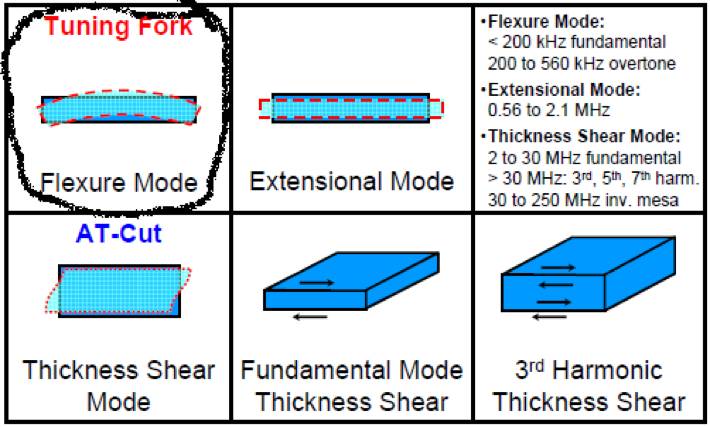
As you can see, the tuning fork structure is highlighted. This is the core component of the 32768Hz crystal oscillator. We won’t go into the details of piezoelectric effect, resonance, or overtones here—feel free to ask if you need more clarification.
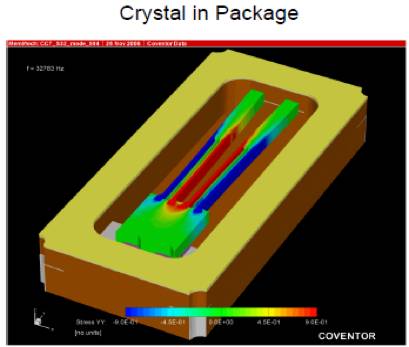
The tuning fork isn't just a scientific term—it's a real physical structure (the fork shown in the image is made from cut quartz). Understanding this structure helps clarify the issues we’ll discuss later, such as the damage observed in 32768Hz crystals during production.
**Does the 32768Hz crystal oscillator require a 15pF capacitor?**
This is a common misconception in circuit design. Many people refer to other schematics and use 15pF capacitors without understanding why. In my early days, I did the same—I bought a 32.768kHz crystal and used 15pF based on others' designs, but later realized it was just an entry-level mistake.
For example, the KDS brand 32.768kHz crystal in a 2×6 package has two load capacitance options:
- DT-26 32.768kHz 6PF 10PPM
- DT-26 32.768kHz 12.5PF 10PPM
Load capacitance (CL or CLoad) consists of two parts: the actual capacitance of the solder and the parasitic capacitance (Cstray), which is usually between 2–5pF due to PCB traces and pads.
Some people might now be thinking: "Why isn’t the value I see in the datasheet matching what I’m using?"
Here’s the calculation formula and diagram for reference:
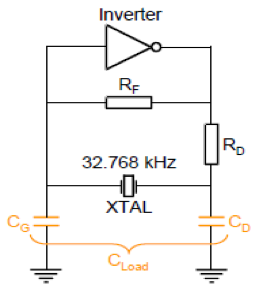

You may wonder: Why don’t the reference designs provided by the MCU include RD and RF?
Yes, that’s correct. RD is rare in modern MCUs, while RF is still used in some ICs. If the oscillation waveform becomes distorted or peaked, RD (tens of K to hundreds of K) can help stabilize it. RF is typically around 1MΩ, depending on the IC design.
Now, here’s another question: Have you seen microcontrollers connected to a 32768Hz crystal without any load capacitors? The answer is yes, because some ICs have internal load capacitors. For example, TI’s MSP430x2xxx series includes internal load capacitors of 1pF, 6pF, 10pF, and 12.5pF.
**How accurate is the 32768Hz crystal oscillator?**
Crystal accuracy is measured in PPM (parts per million), and the error comes from three sources: factory tolerance, temperature drift, and aging rate.
- Factory error: Usually ±10 PPM before leaving the factory.
- Temperature drift: As shown in the graph below, the 32768Hz crystal has a typical temperature curve.
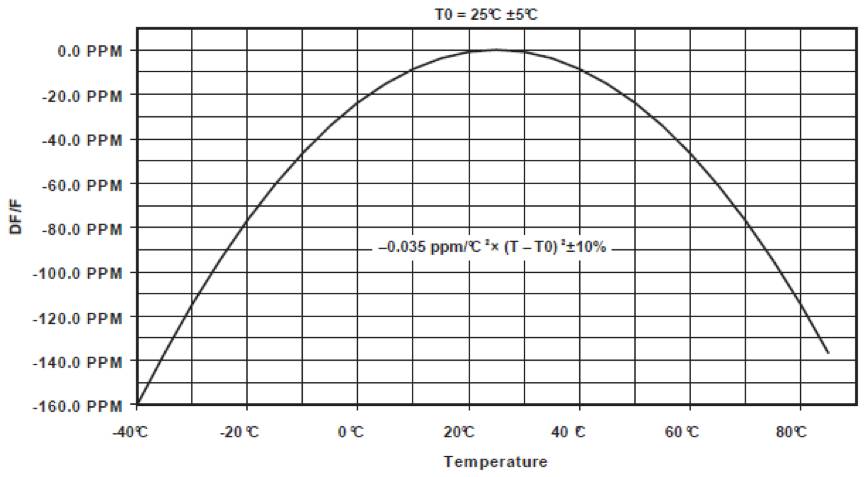
- Aging rate: This is often overlooked but crucial for long-term performance. Inferior crystals may drift over time, causing communication issues in RF applications, especially in narrowband systems.
Another point to consider is the CD and CG capacitors used in the load configuration. By fine-tuning them, you can adjust the frequency. For high-precision designs, it's recommended to use C0G or NP0 materials, which are known for their stability.
**How to compensate for 32768Hz crystal errors?**
In most consumer electronics where clock precision isn’t critical, compensation may not be necessary. However, in applications like smartphones and BLE (Bluetooth Low Energy), the 32768Hz crystal must be carefully designed and controlled.
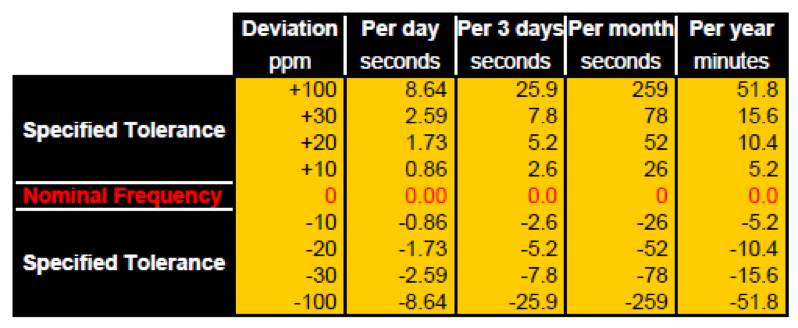
From the data, even a 30PPM error results in less than 3 seconds of drift per day. Is that enough? For grid meters, it’s not. They require a clock error of less than 0.5 seconds per day, meaning factory error and drift must be under 5PPM. Solutions include using SoCs with RTC modules that support calibration and temperature compensation, such as TI’s MSP430 series or HT6xxx from Jinguang.
Alternatively, external temperature-compensated crystal modules like M41TC8025 or EPSON RX-8025T can be used.
**32768Hz Crystal for BLE**
BLE technology, popularized by the iPhone 4S, relies heavily on the 32768Hz crystal for sleep/wake timing. Poorly controlled crystals can cause timeouts and connection failures. Cypress and TI chips offer software-based compensation mechanisms to address this.
**Design and Production Precautions for 32768Hz Crystals**
A. Check the manual for accuracy parameters, load capacitance, and ESR (Equivalent Series Resistance).
B. For through-hole 32768Hz crystals, some prefer grounding the shell. Hand-soldering can damage the crystal if the iron is too hot or the time is too long.
C. In humid environments, protect the crystal area and pins with conformal coating.
D. Ultrasonic welding of plastic shells can damage the crystal due to vibration.
E. Proper PCB layout and routing are essential.
F. Solder paste can affect weak signals. Several post-production test failures were resolved after cleaning the board.
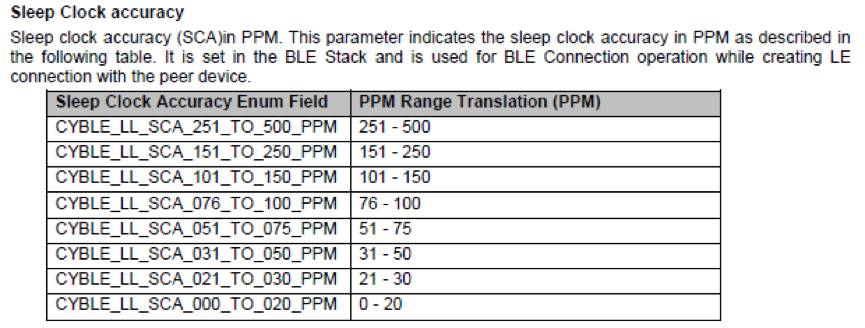

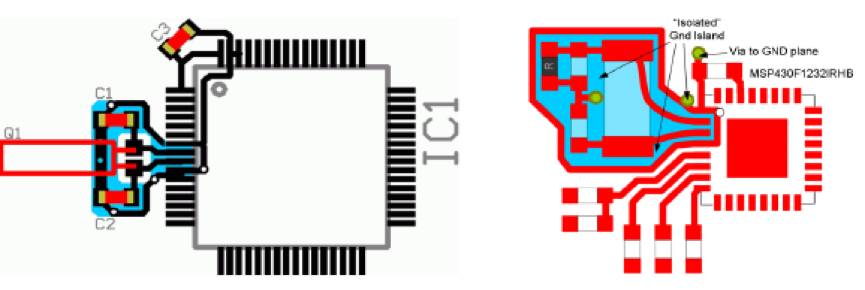
**Appreciation of Oscillation Circuits from Cambridge University**
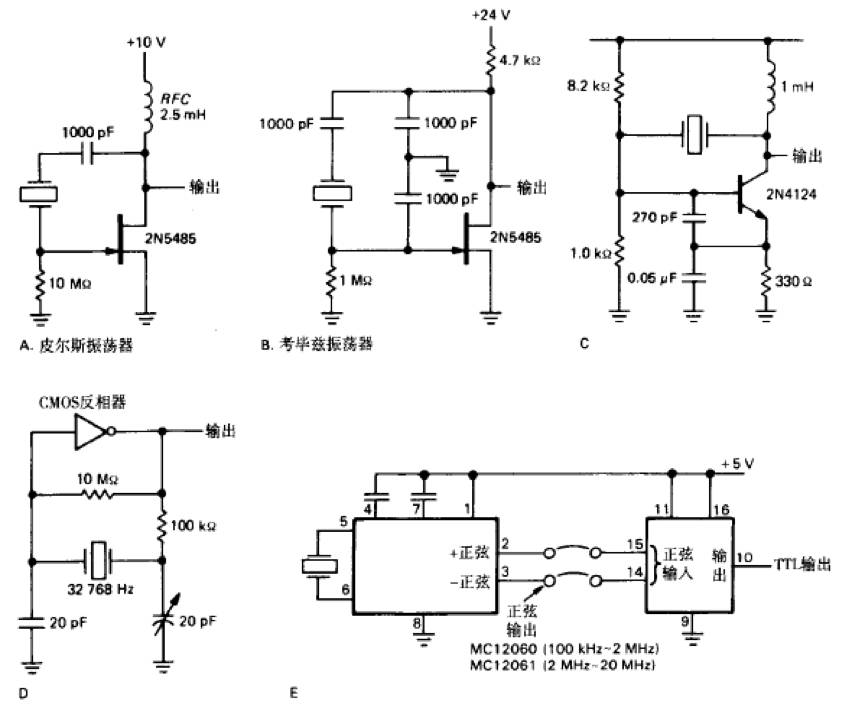
Feel free to share your thoughts in the comments section and join the discussion.
72V 90Ah Power Battery,Mobile Power Supply,Outdoor Power Supply Energy,Storage Emergency Power Supply
Sichuan Liwang New Energy Technology Co. , https://www.myliwang.com